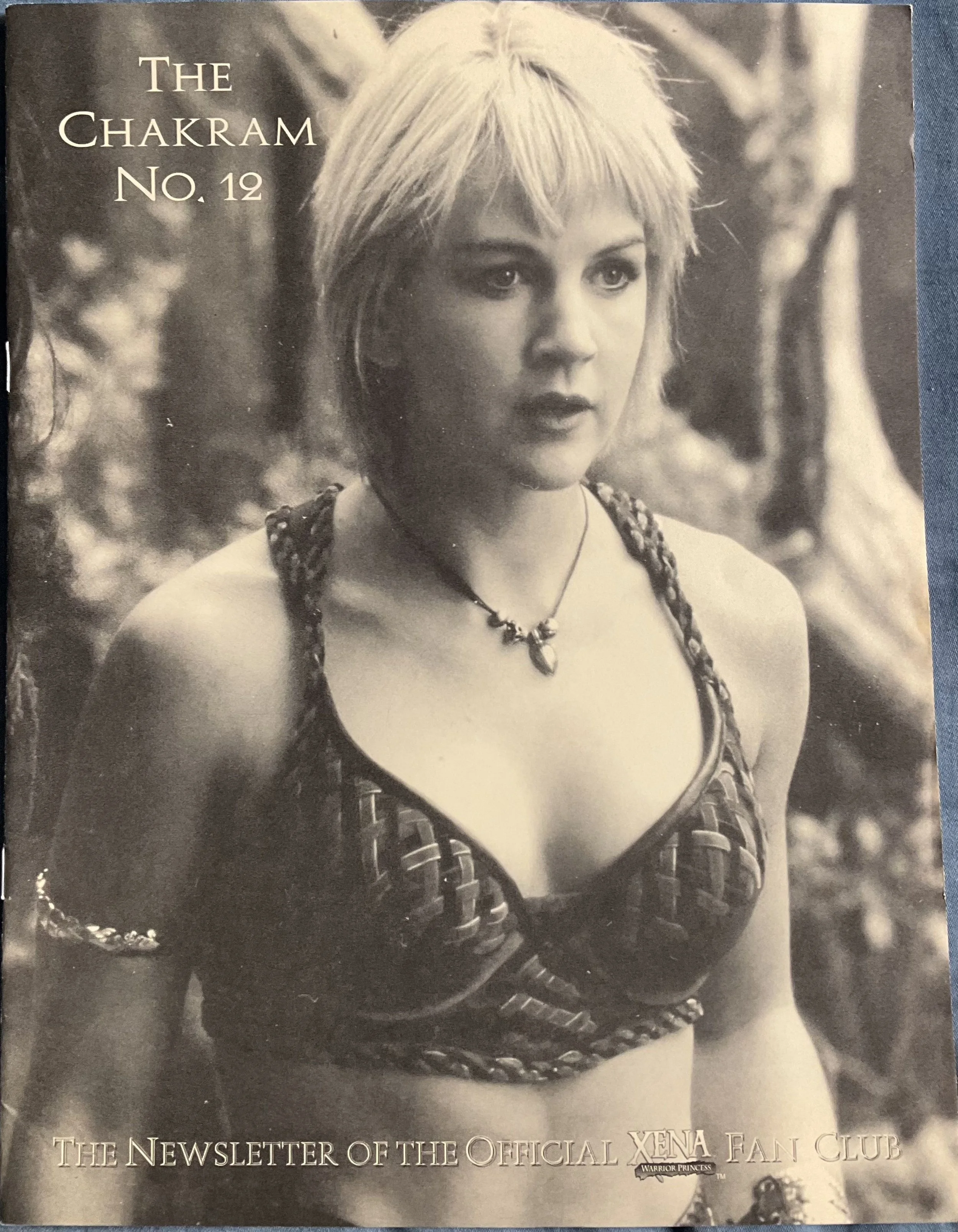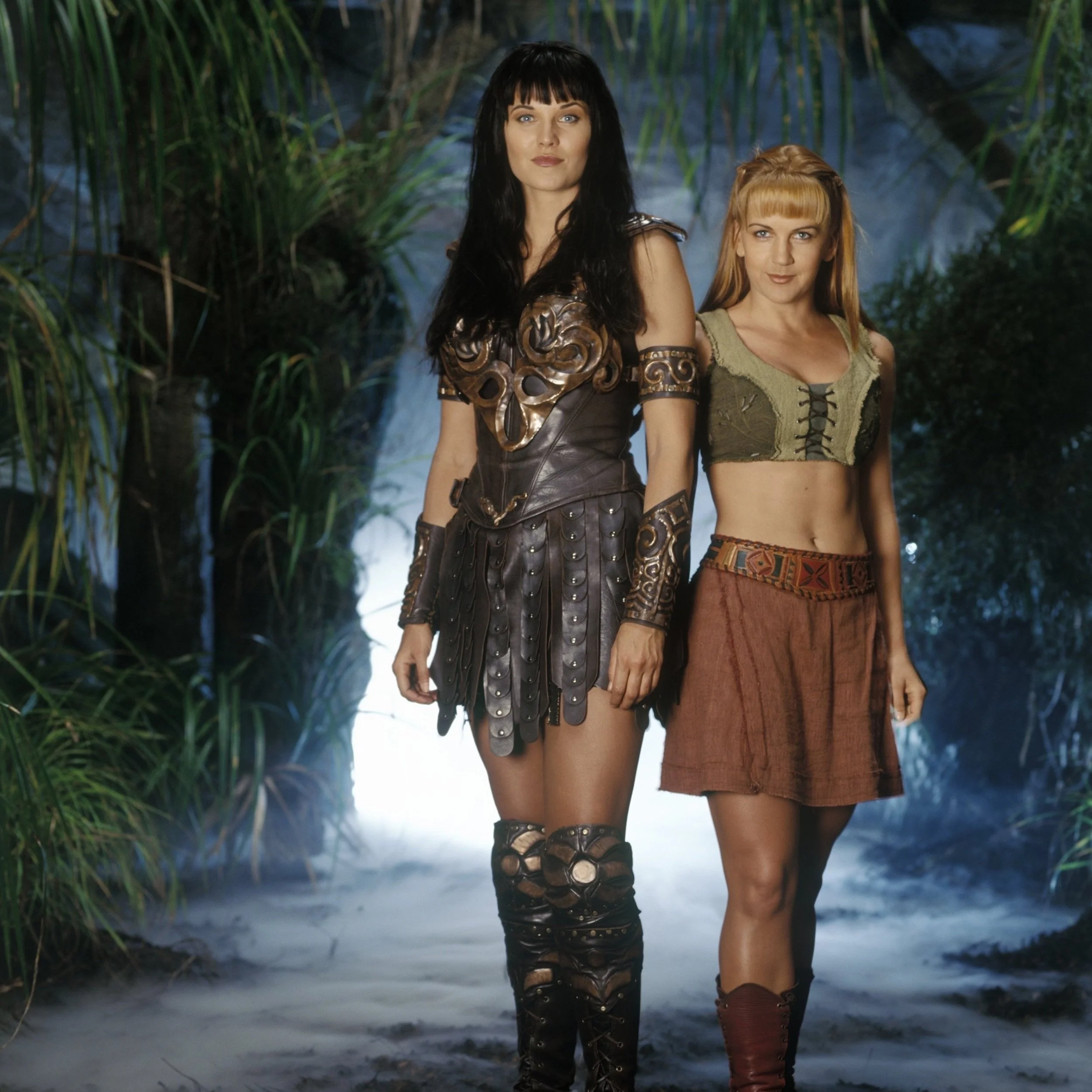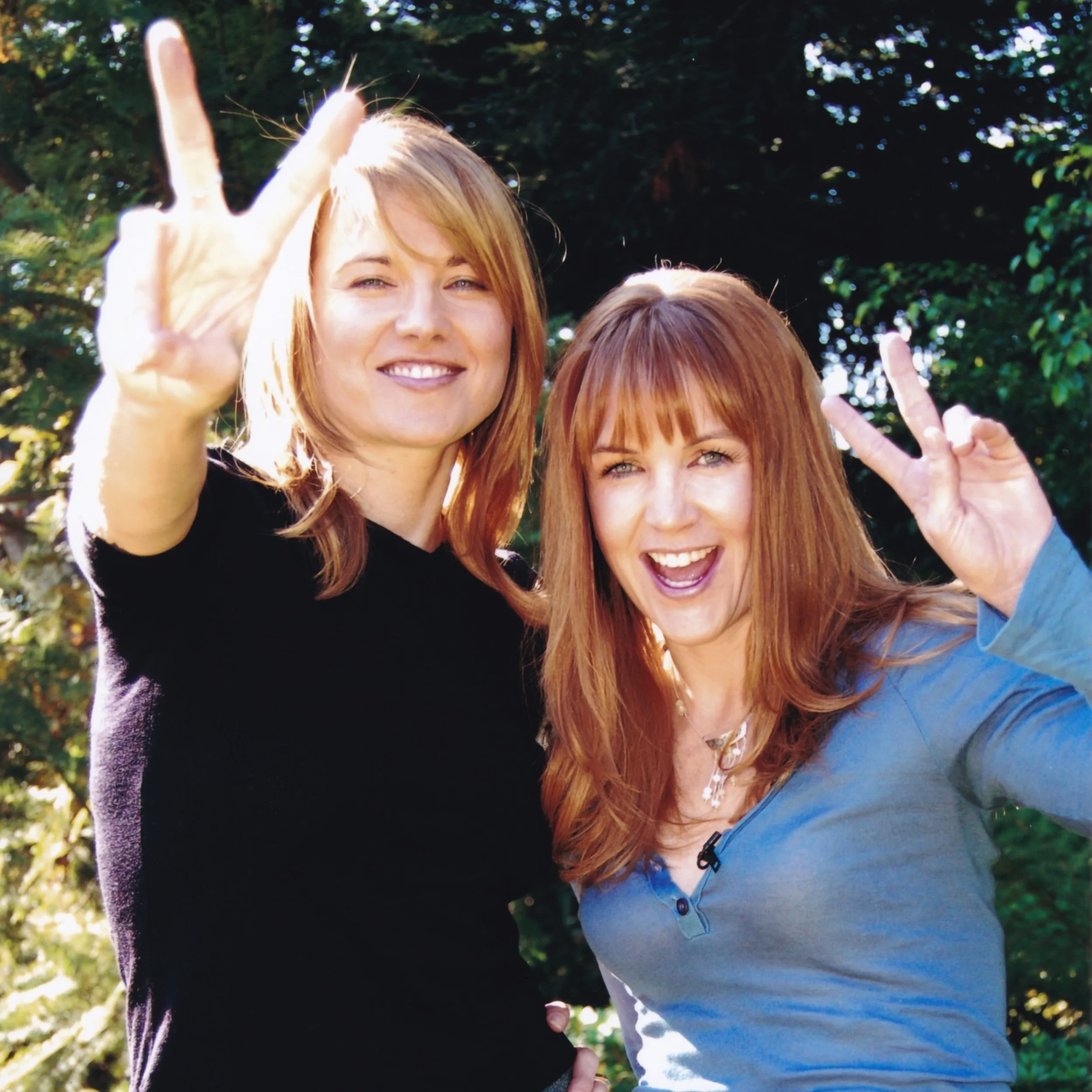Phil Ivey
Art director
The Chakram Newsletter: Issue 12
SD: Where does your job start?
Phil: When the director arrives, the shooting draft for the script arrives about the same time. Rob Gillies, the director and I sit down and read it through and break it down. We walk through the script and decide what spaces we have available to put the sets in.
SD: What script are you working on now?
Phil: “Ides of March.” When we get the script, we break it down and have a meeting with Rob Gillies and the director, Ken Girotti. In this script we’re dealing with a set that is “Hell” which will also be used for the season opener next year. We talked with Rob Tapert about how it will be needed for that episode and how it should fit together with what’s needed for this show. We then have an HOD (Heads of Department) meeting where everyone sits down and marks through the script. Then Simon the first assistant director, Sally Sheratt the location manager, myself and Ken will go out and find the locations. That’s after walking through all the sets with Rob Gillies.
SD: Where will you find “Hell”? (laughs)
Phil: (laughs) Probably one of our studio sets. We then go to the studio where we will be putting the set and tell them where things are going to be. We walk through the action of the scenes and make sure it fits - windows and doors are in the right place. We make notes where we might want to see outdoors and need to paint cycs (cycloramas) or use a blue screen and computer generate the views we need.
I’ll then sit down and work out what weapons the characters need. I’ll look at the costume designs that have been done and work out weapon styles that suit the character and the costume. Also how they’ll be fitted to the costumes. Then over to the prop shop and talk with the props designer - colors, styles, etc.
I’ll have meetings with the special effects department about creating a smoky atmosphere on set. Or anything that might need to be blown up.
Then we’ll have a meeting with the greens dept and what we might want to see out the windows in terms of foliage, parks, forests. Whether or not we have any scenes set in the forest at night. Most night forests are done indoors. They are a major design but lots of fun.
SD: I’ve frequently seen the actors’ breath in night scenes.
Phil: They’ve either been done outdoors or the sets are just cold. (laughs)
We have a network set up with the props coordinator who coordinates props between main and second unit. The second unit is usually shooting at the same time. They have their own art director who is on set full time. We have meetings with them and talk to them on the phone during the episode.
SD: What does the set dresser do?
Phil: Rob Gillies and I sit down and do the drawings for the sets. Then we’ll have an art department meeting three or four days before the episode starts filming which involves the construction manager, set dressers. We’ll talk through colors and styles and types of furniture with the dressers. We give them a broad overview of the look of the show and sets for that episode. Then they’ll go out and source the items needed or we’ll make them here at the studio in the props department. They have a free hand to add all the decorative bits to the set.
SD: They go shopping around town?
Phil: They can, yes.
SD: You don’t actually make the fabrics here.
Phil: We buy the fabrics, but wardrobe will do screen designs onto them if needed.
SD: This is a sample of the pages put together to show what the sets looked like on Family Affair (see drawings on these pages).
Phil: Whenever we have an art department meeting, it’s based around these drawings. These are handed around so everyone knows what the basis for the sets is.
SD: Who does the drawings?
Phil: Rob Gillies does all the drawings and then they go to the sketch and storyboard artist. She locks down all the floor plans.
SD: I’ve heard of storyboards for the action in scenes, but there are also storyboards for the art department?
Phil: Yes. There are overview drawings and then they’re broken down into individual sections. You might notice these coffins that we had originally made up for “The Bitter Suite” and now they’re being reused in “A Family Affair.” We recycle as much as we can.
SD: The fans have a great time spotting all the recycled props and actors. (laughs)
Phil: This was actually the same set used in “Bitter” and it was also the original Dahak temple in “The Deliverer” with changes made for each episode.
SD: Where Meridian was stabbed?
Phil: Yes.
SD: How big was this skull?
Phil: It’s about six foot tall. We have a sculptor named Kate who does these. She’s fantastic.
This is one of our night forests here. We have drawings of closer details that the prop shop will make - animal remains and stuff like that.
This is where the big fight between Xena and the Destroyer took place.
SD: This show is so incredibly detailed in its production design.
Phil: We put out these brochures of drawings with the set designs, but the individual people who actually do the set dressing have input as well. It all evolves to what finally shows up on screen.
We might show where cameras will need to be set up to get the shot and where walls need to be able to breakaway.
This is a windmill so they could have cutaways of it turning faster and faster to add tension to the scene.
SD: What happens when you go on set?
Phil: We’ll bring all the props to set and have a blocking of the scene to decide how the props will be used. Sometimes things will change to suit the action. Move furniture to suit any added action like a fight or move walls to accommodate camera setups. For each individual shot we’ll play with the composition of the set to give it the feel the director wants like rearranging pillows and other props. Make things look natural. It’s very hands on at that point.
SD: Thanks for the tour and the drawings. I’ll make good use of them.


